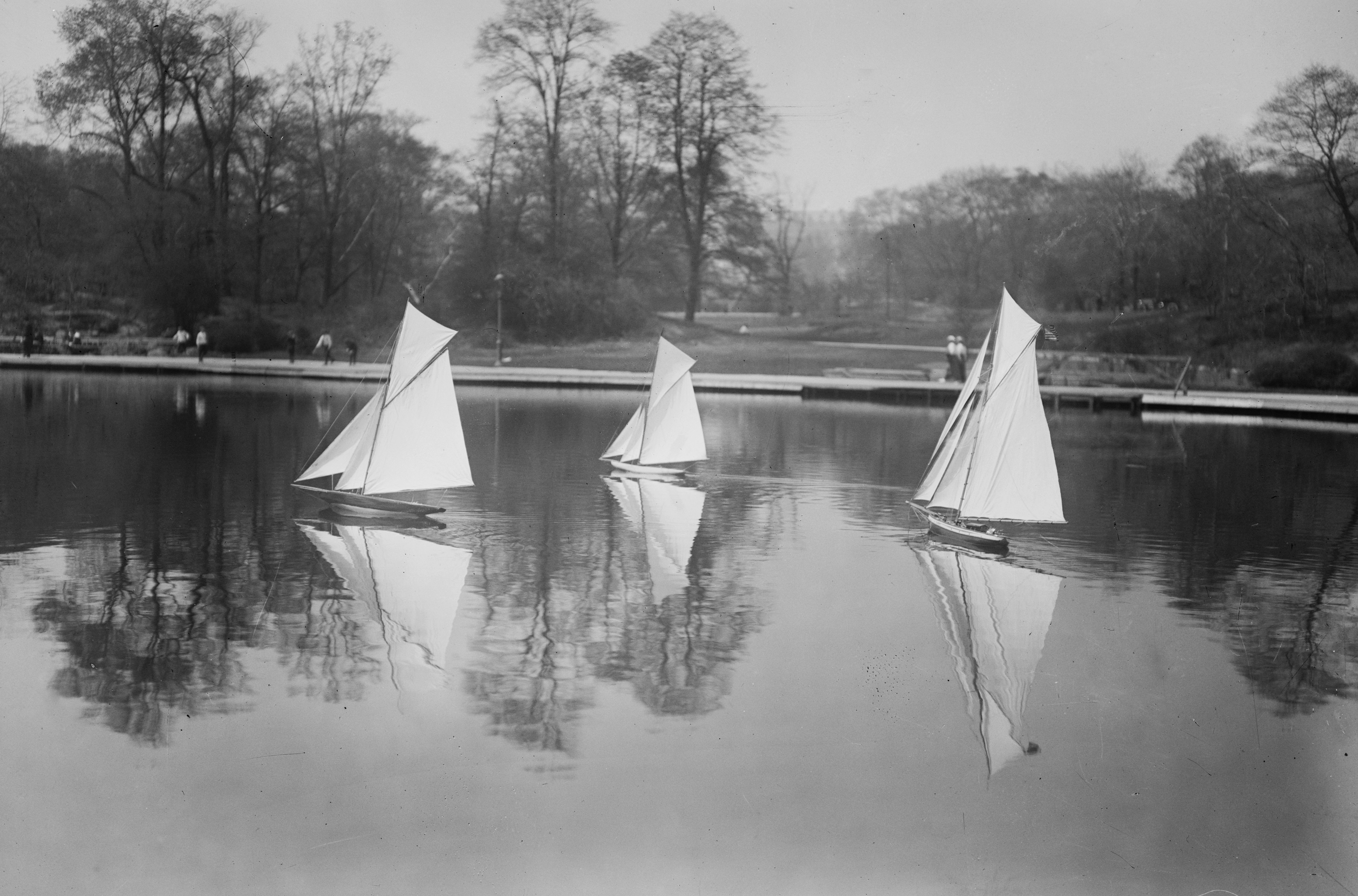
If you live in a major American city or if you have ever been to one, then you have very likely experienced one architect’s singular influence. New York’s Central Park, the U.S. Capitol grounds in Washington D.C., the Grand Necklace of Parks in Wisconsin, and even California’s Stanford University’s grounds all owe their genesis to Frederick Law Olmsted, born 200 years ago on April 26. But these are just four of many parks, university grounds, and suburbs designed by Olmsted that sought to put nature (albeit, a curated form of nature) into the urban space for the benefit of every city resident.
This is an adapted version of the Inverse Daily newsletter for Wednesday, April 27, 2022. Subscribe for free and learn something new every day.
His ideas have had a profound effect on how urban planners build cities (though he was no saint). But they are also borne out in the science. A mountain of evidence shows that Olmsted was right: Being in proximity to green space is beneficial for the body and mental health — but green space is also good for countering climate change. For the health of the people and the planet, we still need principles like Olmsted’s to create resilient future cities. And with that, on with today’s newsletter!

5 beliefs people get wrong about adult ADHD
Attention deficit hyperactivity disorder doesn’t disappear in adulthood. According to psychiatrists and advocates, there are a number of misconceptions about adult ADHD that can make living with the condition harder than it should be.
Inverse spoke to Jessi Gold, a psychiatrist and Assistant Professor in the Department of Psychiatry at Washington University’s School of Medicine in St. Louis as well as two ADHD advocates with the condition about the most common misperceptions about adult ADHD, why they’re incorrect, and what needs to be done to reduce the stigma around adults who have the condition.
One of the biggest misconceptions? That ADHD is overdiagnosed.
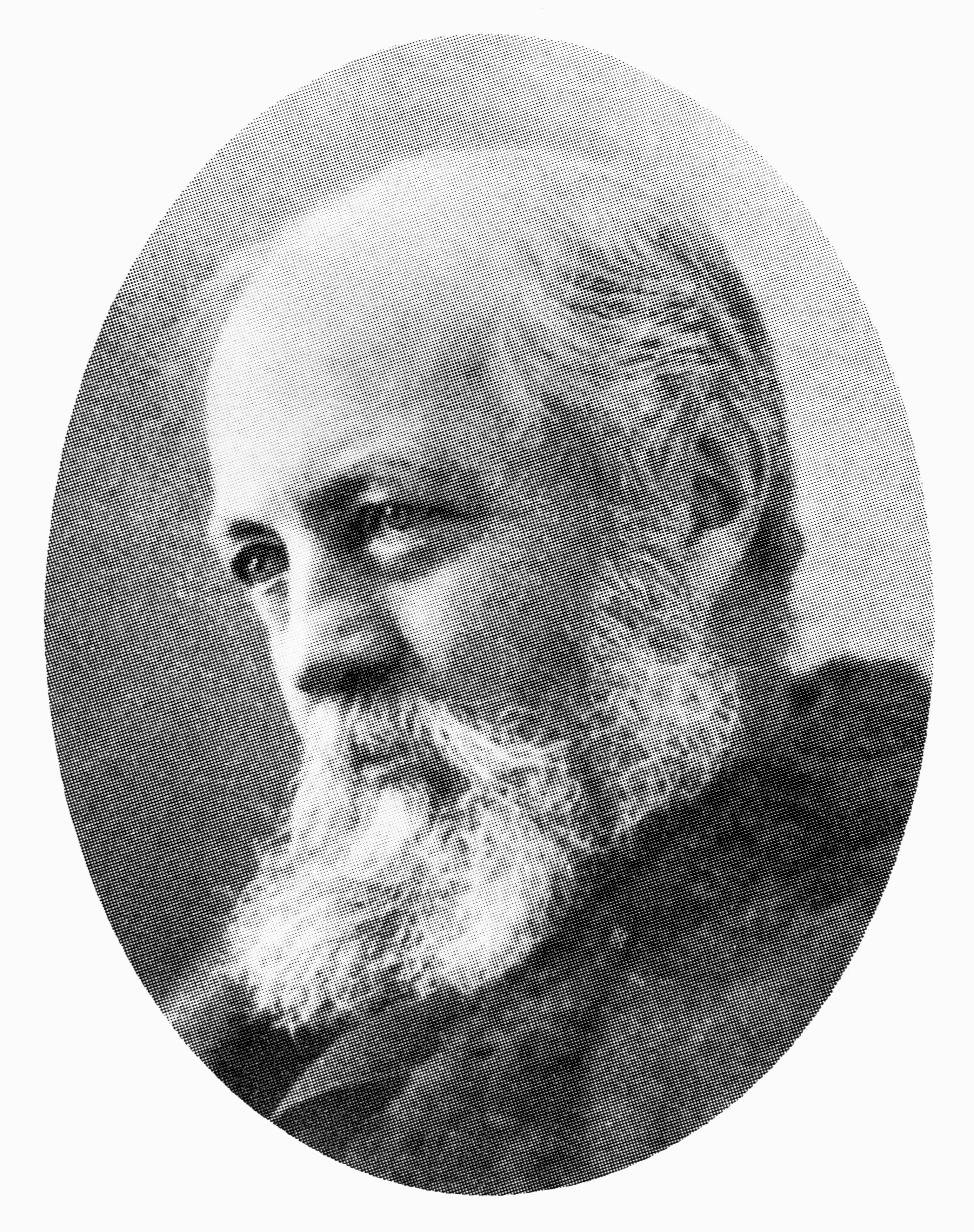
How one architect’s radical ideas about nature changed American cities forever
Born April 26, 1822, Frederick Law Olmsted realized humans need nature for their mental and physical health — his ideas have changed how cities are built to this day. Maddie Bender tells the story:
“As landscape architects, we create works of art that are constantly changing,” says Thaïsa Way, a professor at the University of Washington and the director of garden and landscape studies at Dumbarton Oaks, a Harvard Research Institute.
“You can imagine Michelangelo’s ‘David:’ if every time you saw it, it was taking a different form, you would have a very different impression of that work of art.”
Two hundred years after Olmsted was born, today’s architects grapple with his legacy amid a changing planet. Architects have to adapt designs to produce climate-resilient, equitable cityscapes that keep all their residents healthy, rather than leave them struggling to breathe. Meanwhile, Olmsted’s ideas persist — both in compelling millions of city dwellers to stroll through the lush landscapes he created and in every “nature is healing” meme on TikTok.
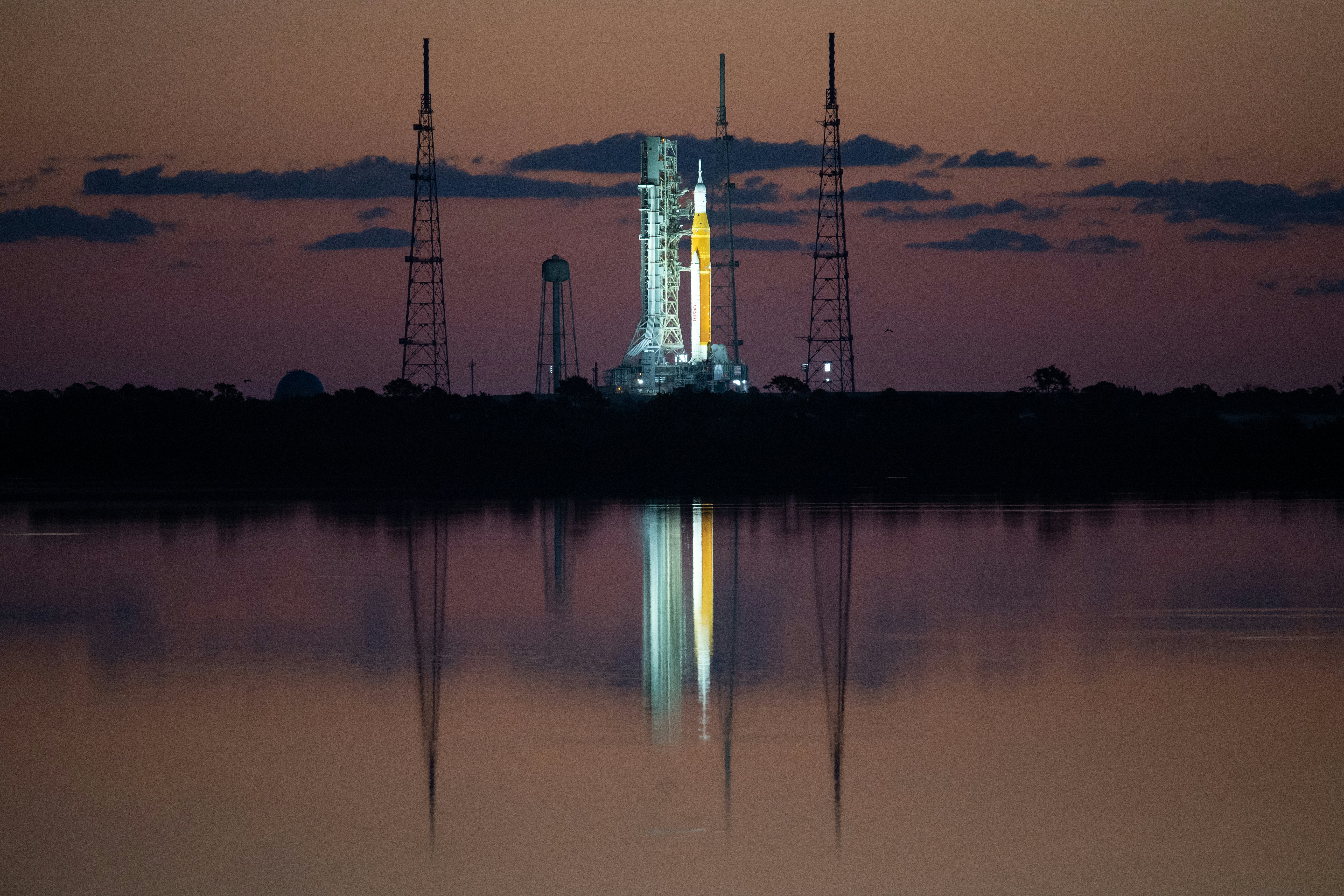
NASA rolls Artemis-1 rocket back into its massive repair garage after setback
Artemis-1 will have to wait until NASA's megarocket re-emerges from the Vehicle Assembly Building.
On Monday, personnel at the agency’s Kennedy Space Center in Cape Canaveral, Florida, began to roll back the 5.75-million pound Space Launch System (SLS) mega-rocket, setting it into motion atop the modified Apollo-era rocket dolly, the 131-foot-long Crawler-Transporter 2. It began its journey back to the Vehicle Assembly Building at an estimated speed of one mile an hour at around 8 p.m. Eastern time. The short trip to the VAB will take eight to 12 hours, according to NASA’s Exploration Ground Systems.
This is the latest setback in a series of delays to NASA’s successor to the Apollo space program.
Its launch readiness teeters on the wet dress rehearsal, the final major pre-flight check of the ground systems and fuel loading mechanisms that helps ensure all will likely be nominal on the day of liftoff.
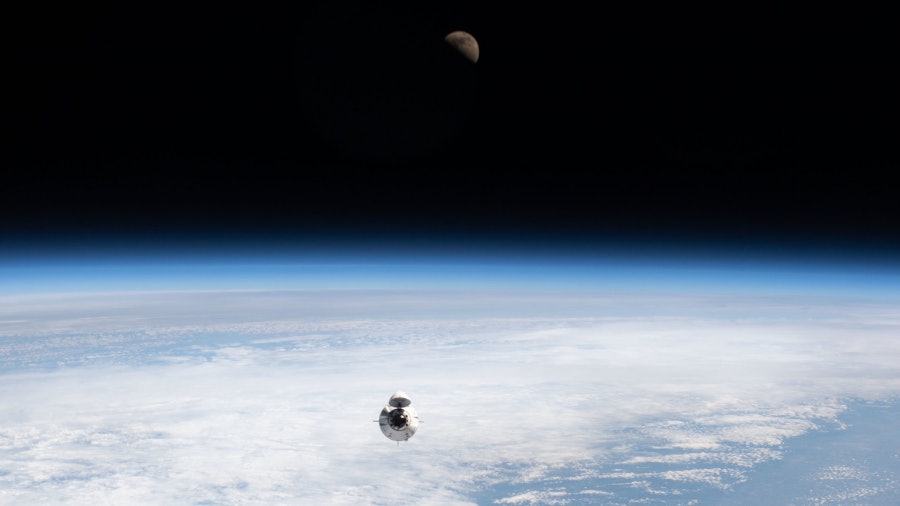
Ambitious Axiom Space successfully wraps up first private mission to the ISS
It was never going to go off without a hitch! The landmark mission, which launched on April 8, 2022, was intended to be in space for around 10 days. But the weather had other ideas.
The crew was finally able to depart the space station on Sunday, April 24, with a deorbit burn at 12:28 p.m. Eastern on Monday, April 25 enabling their return to terra firma. In all, the Axiom Space crew were in space for about 17 days, give or take a few hours.
Monday’s successful return journey on Endeavour, a SpaceX Dragon crew capsule that has previously flown into space, marks the end of the first human spaceflight mission from Axiom Space. The Houston-based company wants to be the first to launch a private space station into low-Earth orbit, offering a commercial replacement for the iconic ISS.
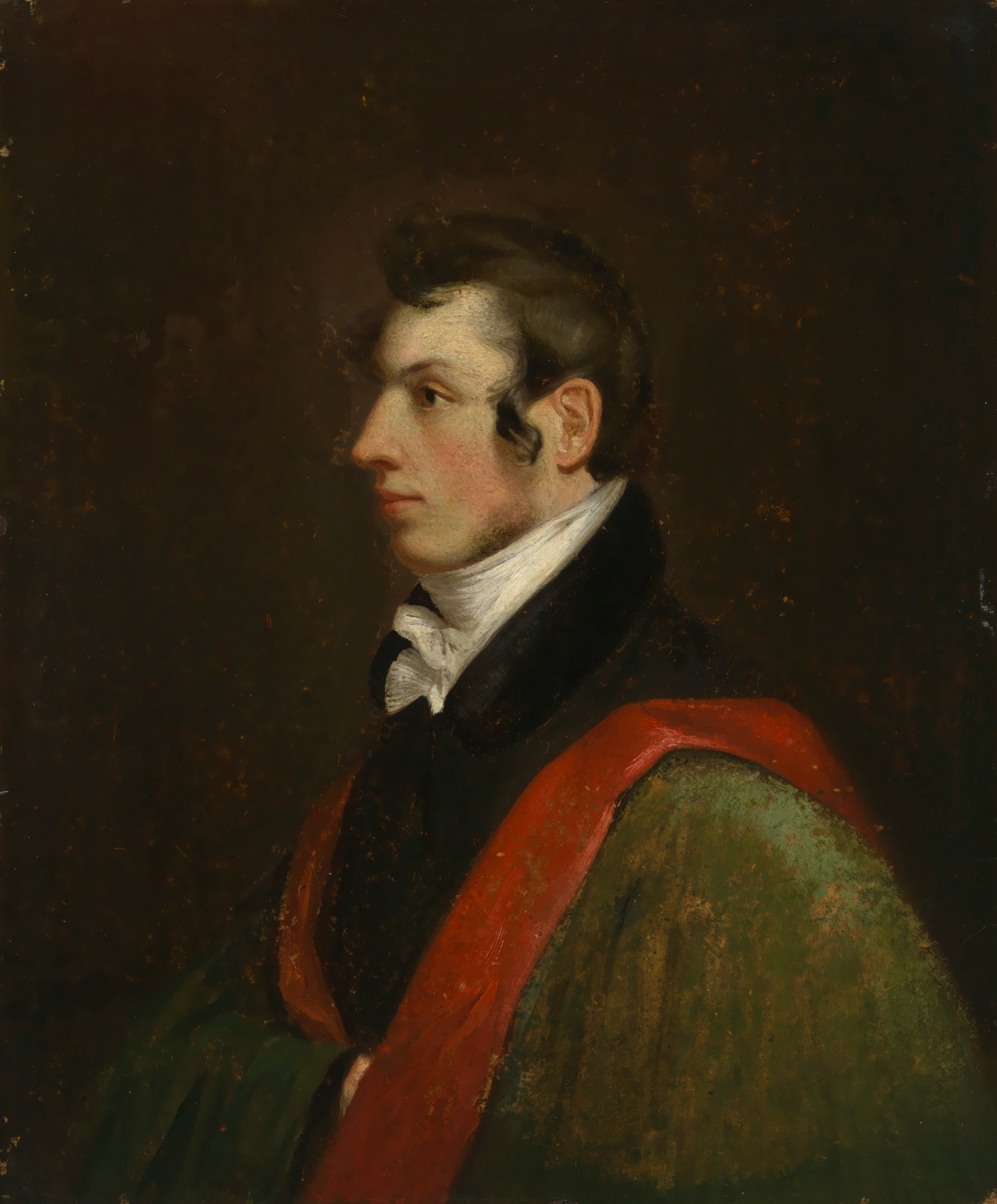
About this newsletter: Do you think it can be improved? Have a story idea? Want to share a story about the time you met an astronaut? Send those thoughts and more to newsletter@inverse.com.
- On this day in history: On April 27, 1791, Samuel Morse was born. Morse was an artist, but he also invented the code that shares his name, Morse Code, and helped to create an electronic telegraph machine.
- Song of the day: “[Nothing But] Flowers,” by Talking Heads.







